From Washington Irving's, "Superstitions of the Abbey" ...
I have already mentioned some of the fabled visitants of the Abbey. The goblin friar, however, is the one to whom Lord Byron has given the greatest importance. It walked the cloisters by night, and sometimes glimpses of it were seen in other parts of the Abbey. Its appearance was said to portend some impending evil to the master of the mansion. Lord Byron pretended to have seen it about a month before he contracted his ill-starred marriage with Miss Milbanke.He has embodied this tradition in the following ballad, in which he represents the friar as one of the ancient inmates of the Abbey, maintaining by night a kind of spectral possession of it, in right of the fraternity. Other traditions, however, represent him as one of the friars doomed to wander about the place in atonement for his crimes. But to the ballad—“Beware! beware! of the Black Friar,Who sitteth by Norman stone,For he mutters his prayers in the midnight air,And his mass of the days that are gone.When the Lord of the Hill, Amundeville,Made Norman Church his prey,And expell’d the friars, one friar stillWould not be driven away.“Though he came in his might, with King Henry’s right,To turn church lands to lay,With sword in hand, and torch to lightTheir walls, if they said nay,A monk remain’d, unchased, unchain’d,And he did not seem form’d of clay,For he’s seen in the porch, and he’s seen in the church,Though he is not seen by day.“And whether for good, or whether for ill,It is not mine to say;But still to the house of AmundevilleHe abideth night and day.By the marriage bed of their lords, ’tis said,He flits on the bridal eve;And ’tis held as faith, to their bed of death,He comes—but not to grieve.“When an heir is born, he is heard to mourn,And when aught is to befallThat ancient line, in the pale moonshineHe walks from hall to hall.His form you may trace, but not his face,‘Tis shadow’d by his cowl;But his eyes may be seen from the folds between,And they seem of a parted soul.“But beware! beware of the Black Friar,He still retains his sway,For he is yet the church’s heir,Whoever may be the lay.Amundeville is lord by day,But the monk is lord by night,Nor wine nor wassail could raise a vassalTo question that friar’s right.“Say nought to him as he walks the hall,And he’ll say nought to you;He sweeps along in his dusky pall,As o’er the grass the dew.Then gramercy! for the Black Friar;Heaven sain him! fair or foul,And whatsoe’er may be his prayerLet ours be for his soul.”Such is the story of the goblin friar, which, partly through old tradition, and partly through the influence of Lord Byron’s rhymes, has become completely established in the Abbey, and threatens to hold possession so long as the old edifice shall endure. Various visitors have either fancied, or pretended to have seen him, and a cousin of Lord Byron, Miss Sally Parkins, is even said to have made a sketch of him from memory. As to the servants at the Abbey, they have become possessed with all kinds of superstitious fancies. The long corridors and Gothic halls, with their ancient portraits and dark figures in armor, are all haunted regions to them; they even fear to sleep alone, and will scarce venture at night on any distant errand about the Abbey unless they go in couples.Even the magnificent chamber in which I was lodged was subject to the supernatural influences which reigned over the Abbey, and was said to be haunted by “Sir John Byron the Little with the great Beard.” The ancient black-looking portrait of this family worthy, which hangs over the door of the great saloon, was said to descend occasionally at midnight from the frame, and walk the rounds of the state apartments. Nay, his visitations were not confined to the night, for a young lady, on a visit to the Abbey some years since, declared that, on passing in broad day by the door of the identical chamber I have described, which stood partly open, she saw Sir John Byron the Little seated by the fireplace, reading out of a great black-letter book. From this circumstance some have been led to suppose that the story of Sir John Byron may be in some measure connected with the mysterious sculptures of the chimney-piece already mentioned; but this has no countenance from the most authentic antiquarians of the Abbey.





















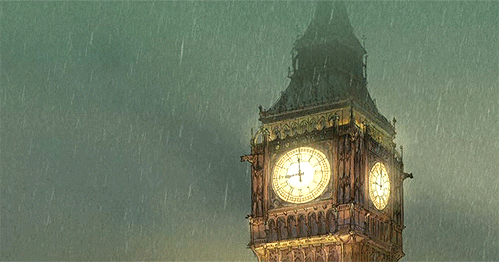



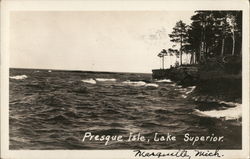


















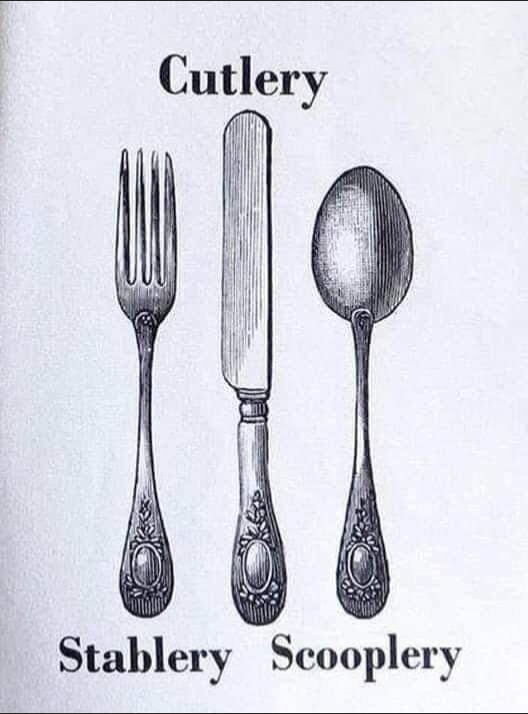
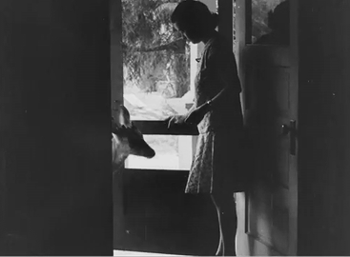














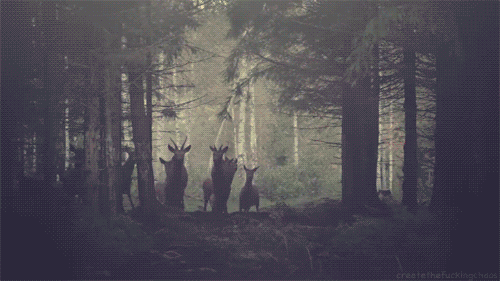
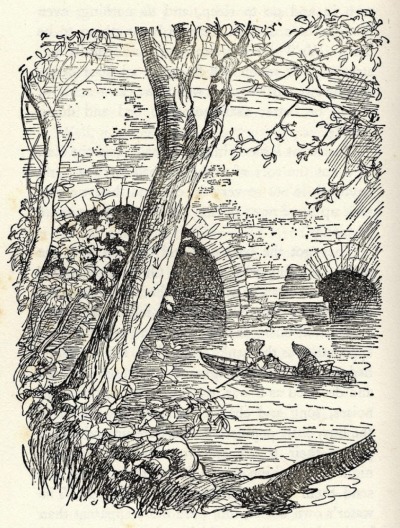
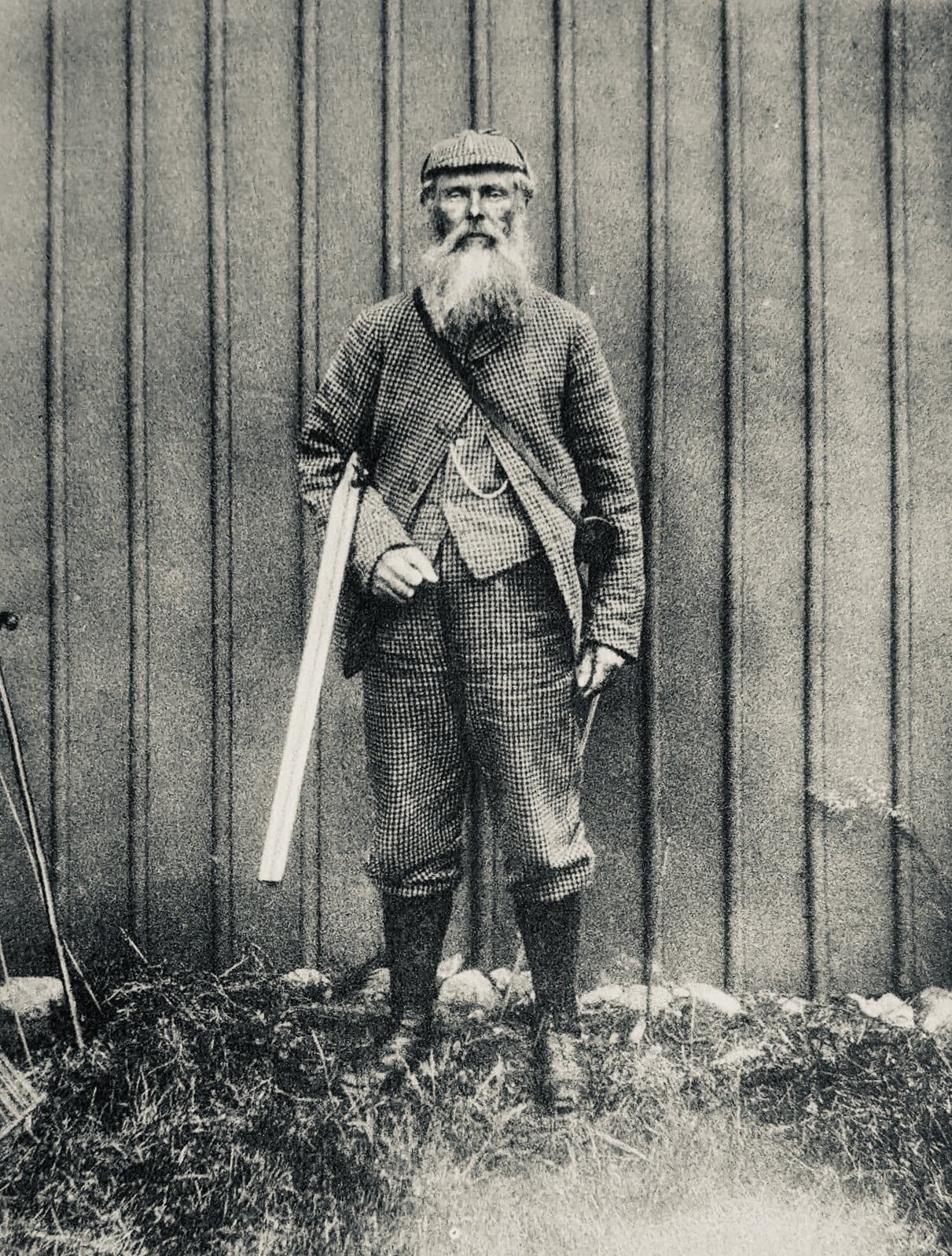

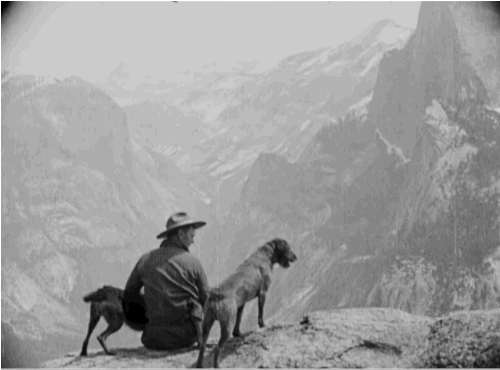


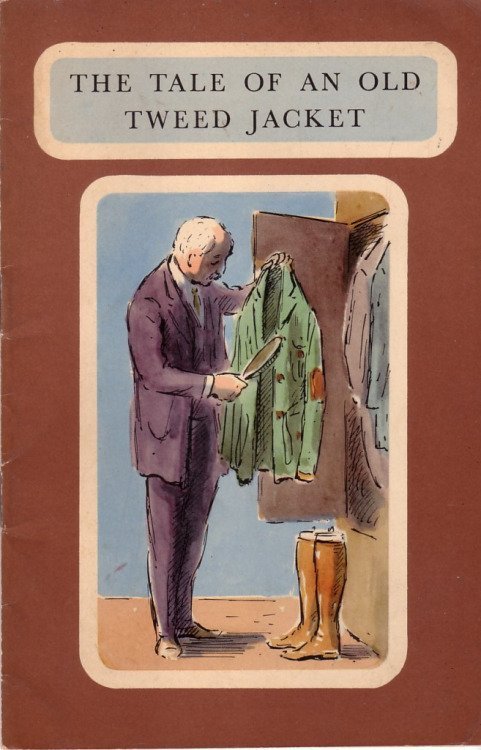










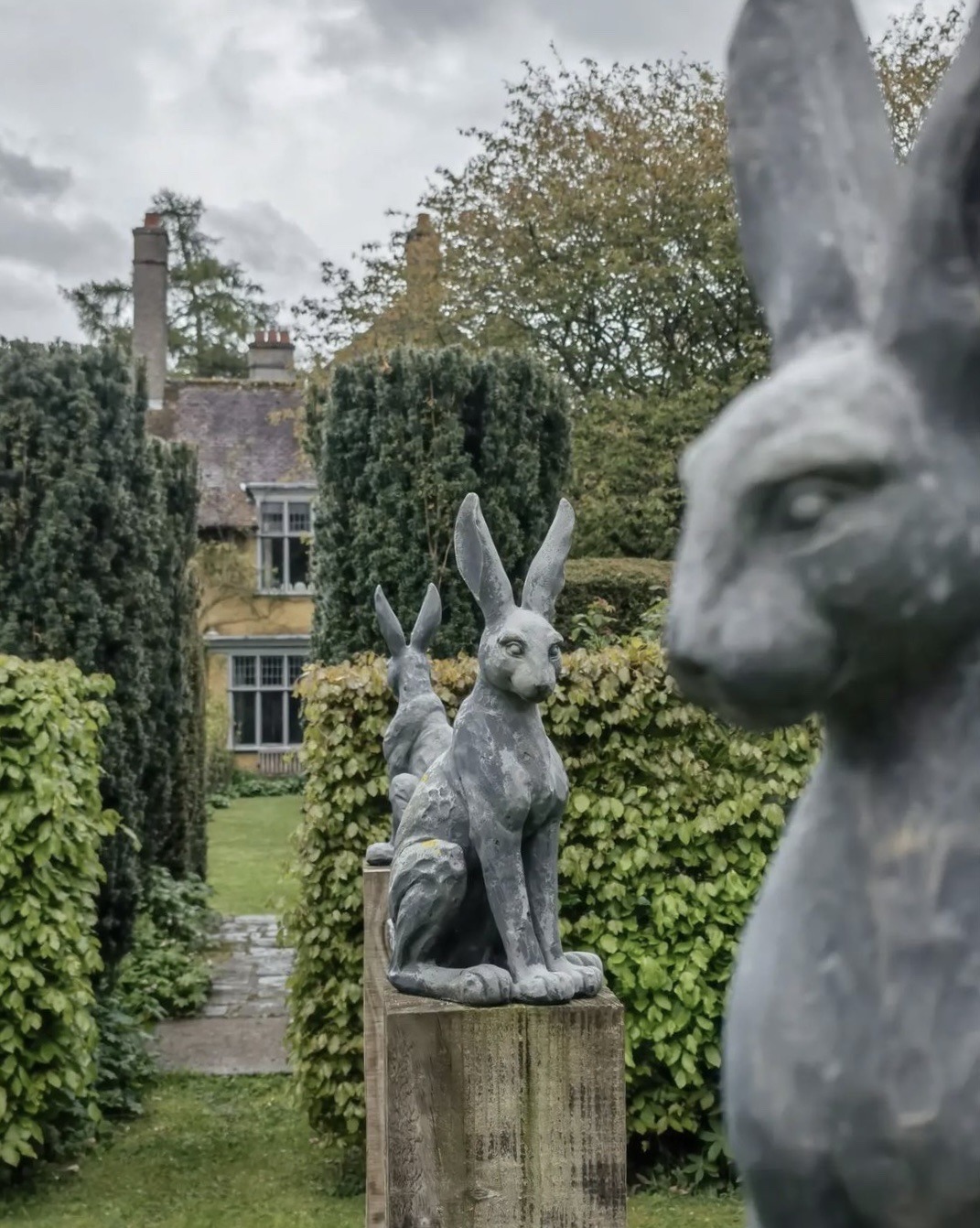
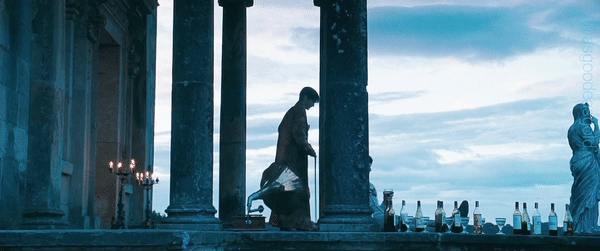
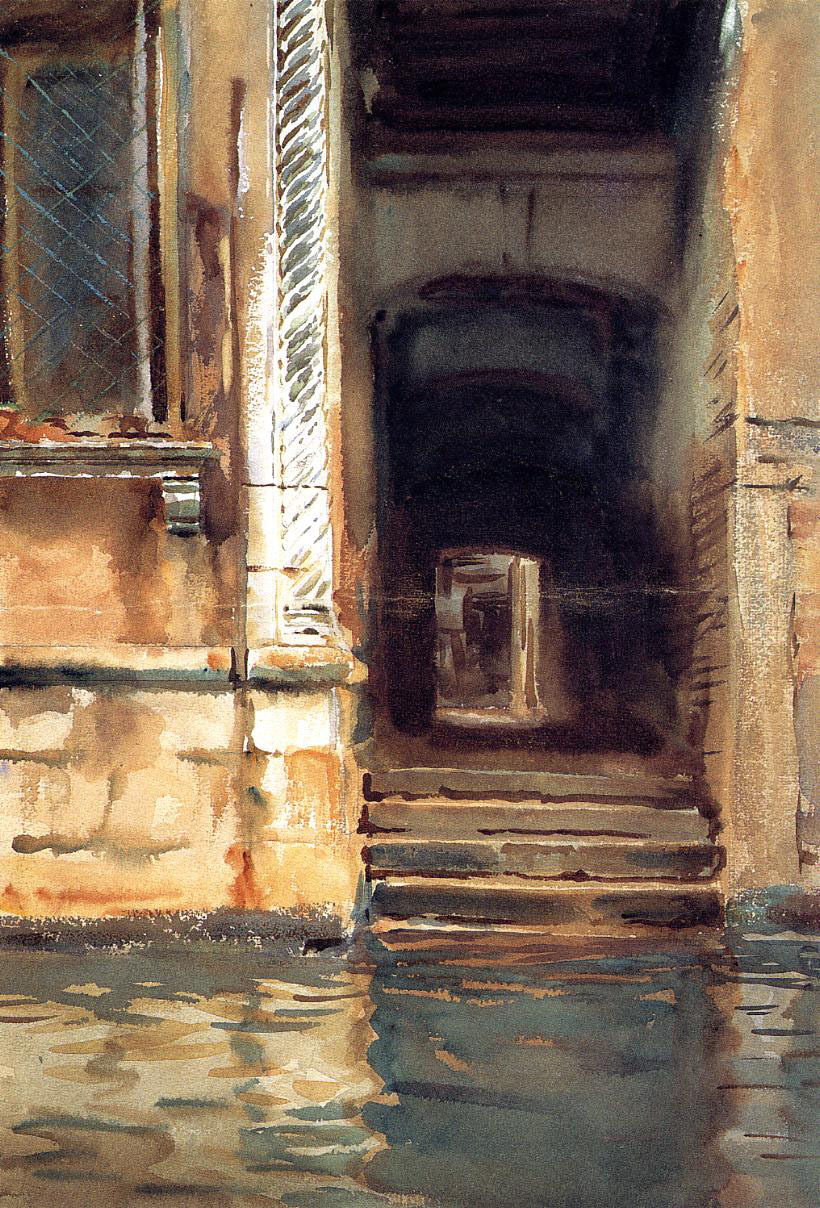

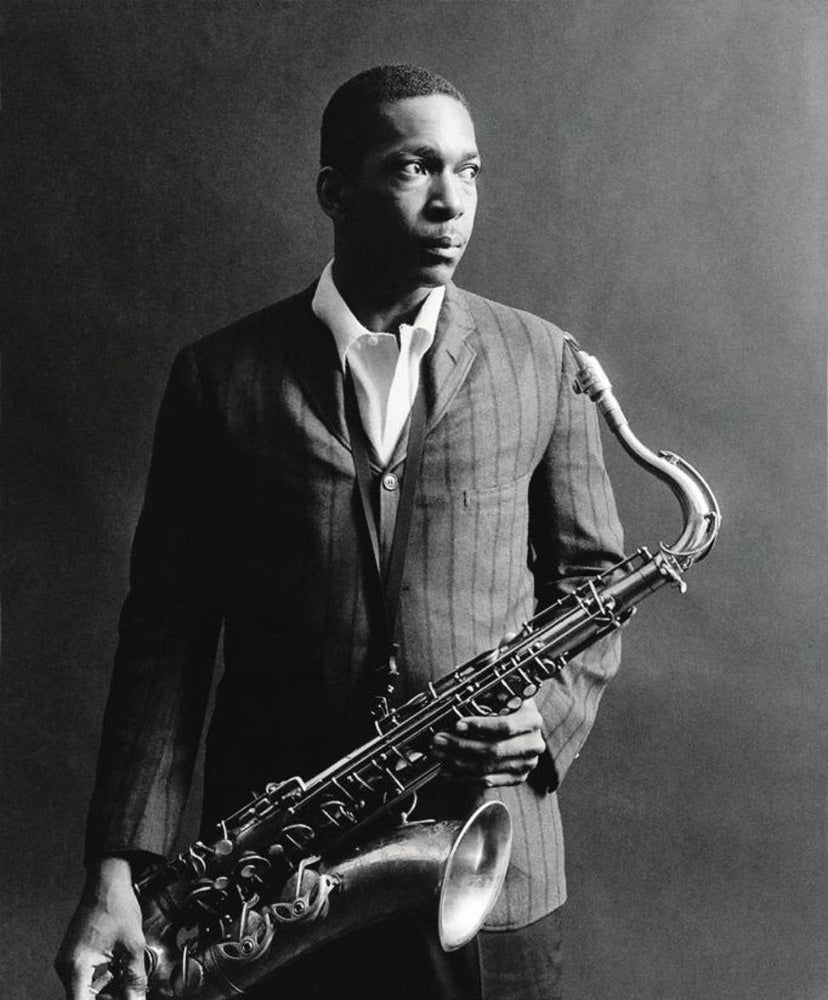








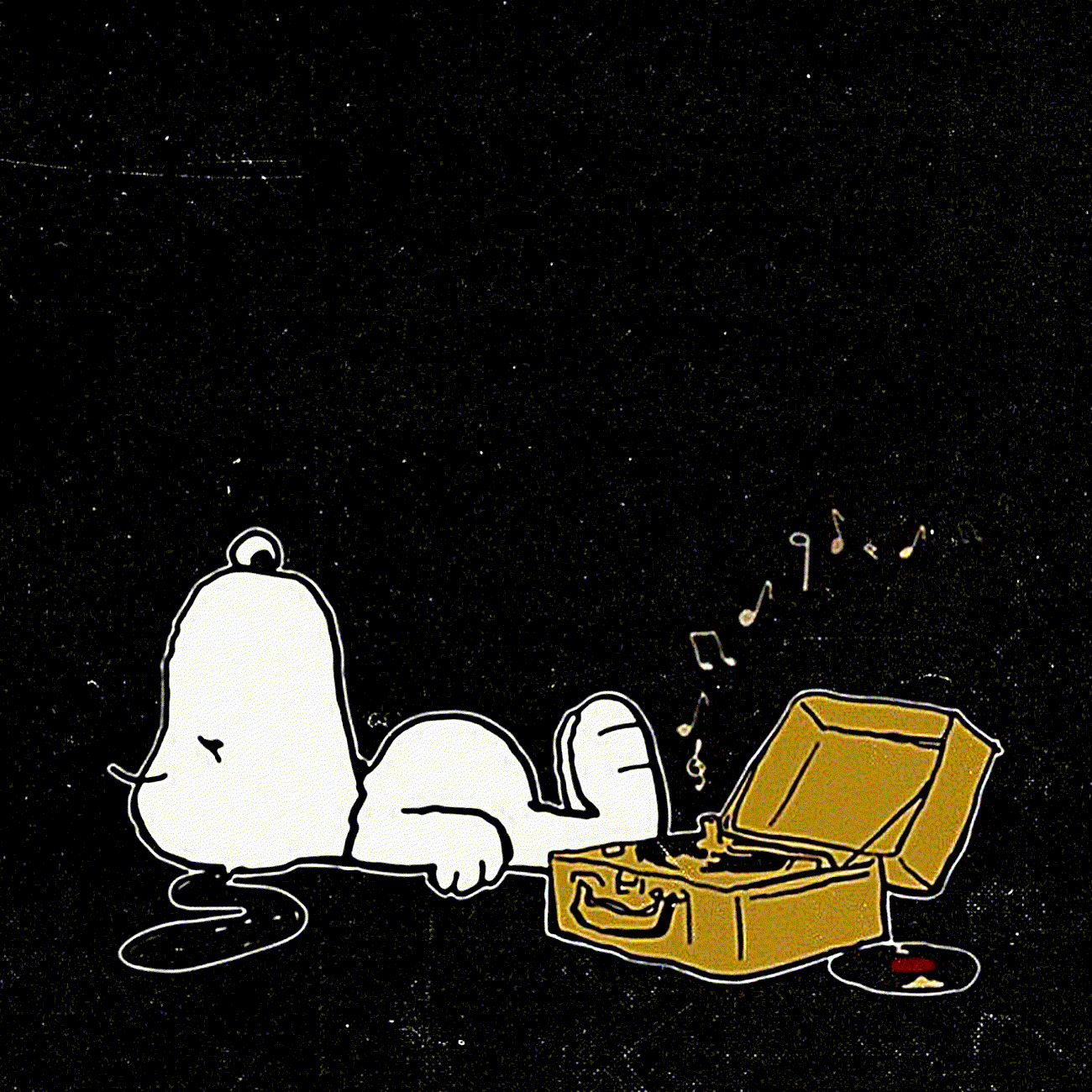
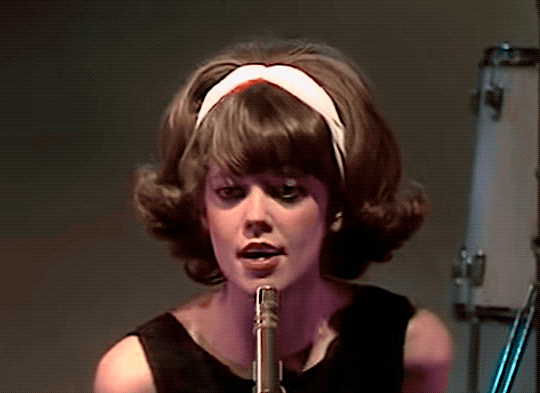
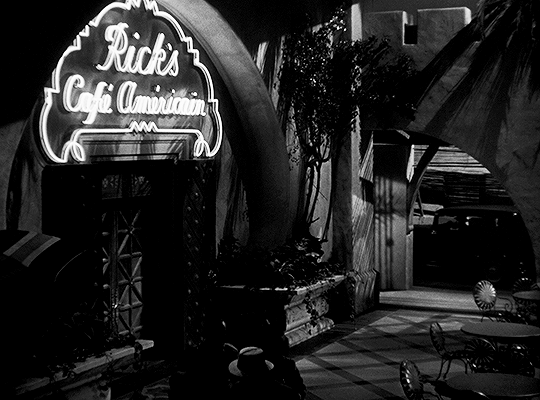





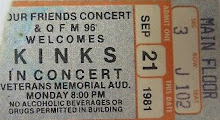















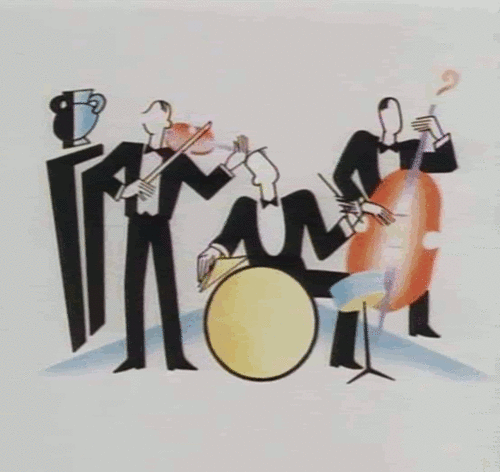









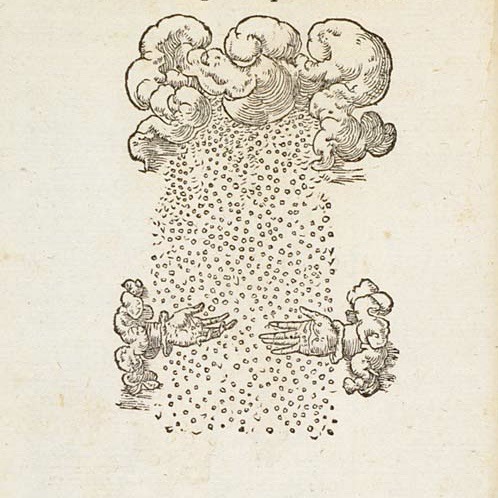


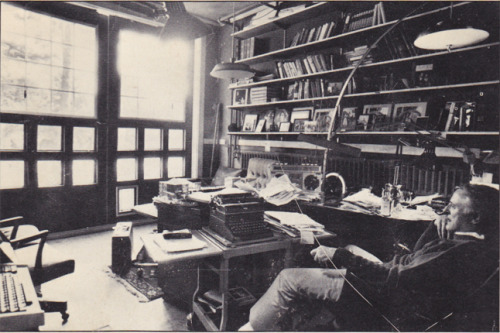













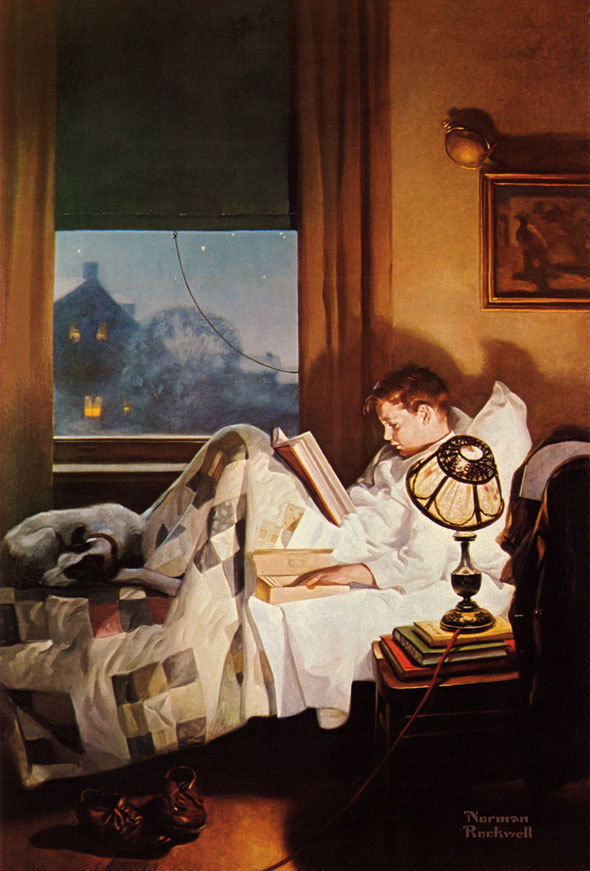
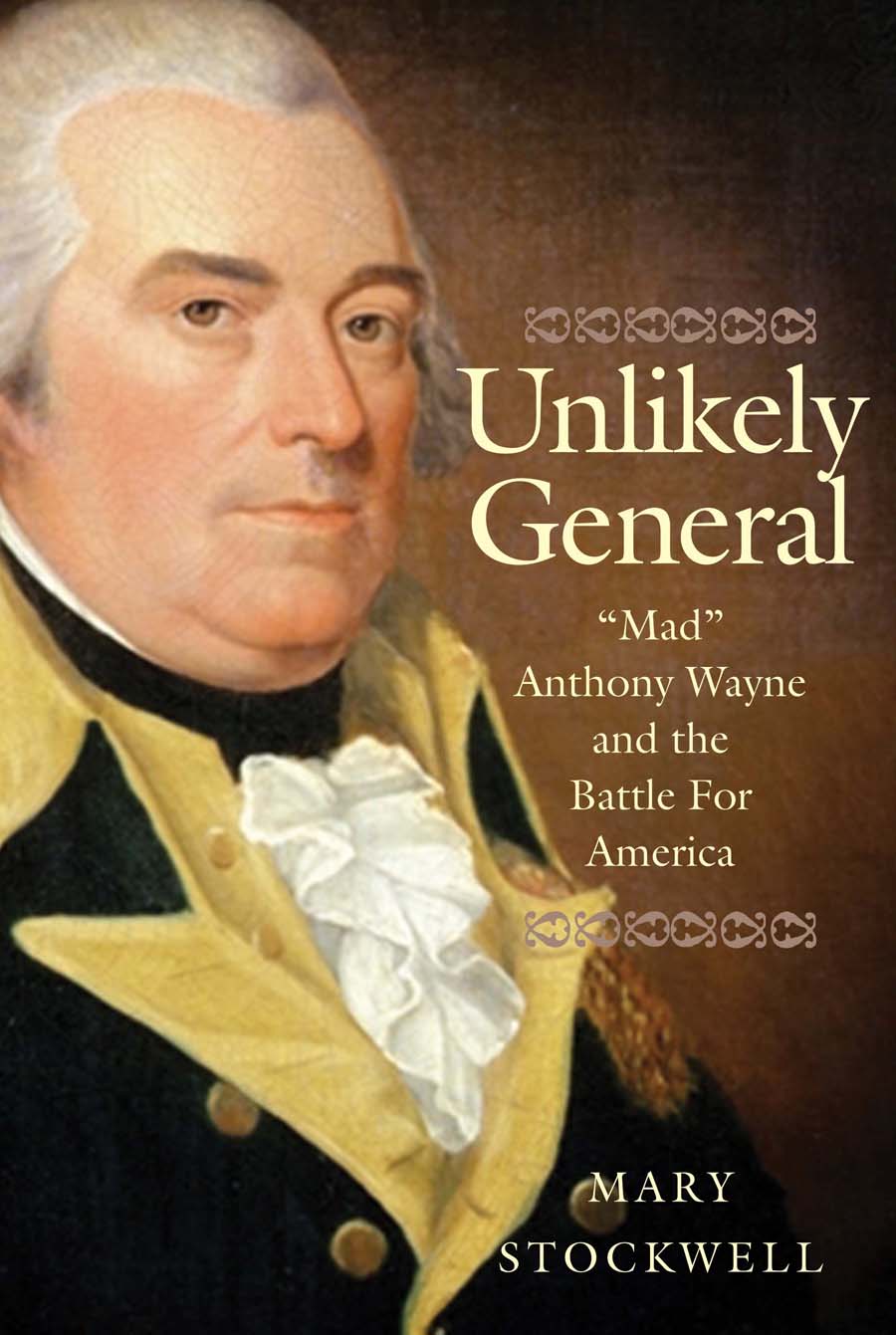
























No comments:
Post a Comment